A Notebook for Spiritual Thought
Outline
In his book, “The Art of Positive Thinking”,Swami Jyotirmayananda gives wise advice to the reader to become a collector of positive thoughts and sublime sentiments presented by great men and Sages of the world, “Make it a habit to read a little from the inspiring scriptures every day, with devotion and keen interest, and develop the hobby of collecting sublime thoughts that inspire you.”
I became that kind of a collector, rather by intuition than deliberately, already in my early youth. Each and every detail that drew my attention when I read something, everything that would find a loud echo in my heart and evoke a sense of joy and delight used to be thoroughly written down on separate pieces of paper or in notebooks and then carefully stored. As time passed, these records have grown into a full collection.
Some time ago, after yet another pearl of human thought enriched the collection, an idea struck me to add a special section to our website, “A Notebook of Spiritual Thought”, in which we could “write” more and more new pages from the collection to “read them with devotion” as Jyotirmayananda reasonably encourages us to do.
It has long become standard practice to set the East against the West, the West against the East, a one culture or religion against another, ancient time against today’s world. In a sense, these differences undoubtedly exist and are a quite normal consequence of the evolution of the human mind in the vast geographical and temporal spaces of the earth. However, very often, as I engrossed myself in, for example, Patristic literature that is so compatible with my soul, I would discover how surprisingly similar church fathers’ judgments and ideological positions (particularly of moral, ethical and sacral character) are with yoga and Indian mysticism in general. There was a kind of spiritual kinship! At the same time, I became more and more confident it was inevitable, this content–related convergence of different schools of spiritual thought in the matter of divine and self-cognition, keeping in mind all the variety of forms, means and, if you please, the interpretative stylistics of their teachings.
Dear reader, as I place “A Notebook of Spiritual Thought” into your hands, I hope it will help you feel you belong to the experience of spiritual creativity from a wide range of great personalities: writers, poets, philosophers, scholars, spiritual teachers, to their advanced and at the same time truly practical wisdom presented in most diverse semantic nuances and unexpected “hues”. Better yet if it inspires you to start your own notebook of “spiritual thoughts and exalting sentiments” and begin or continue with renewed vigor your own way of spiritual creativity.
Author of the Project
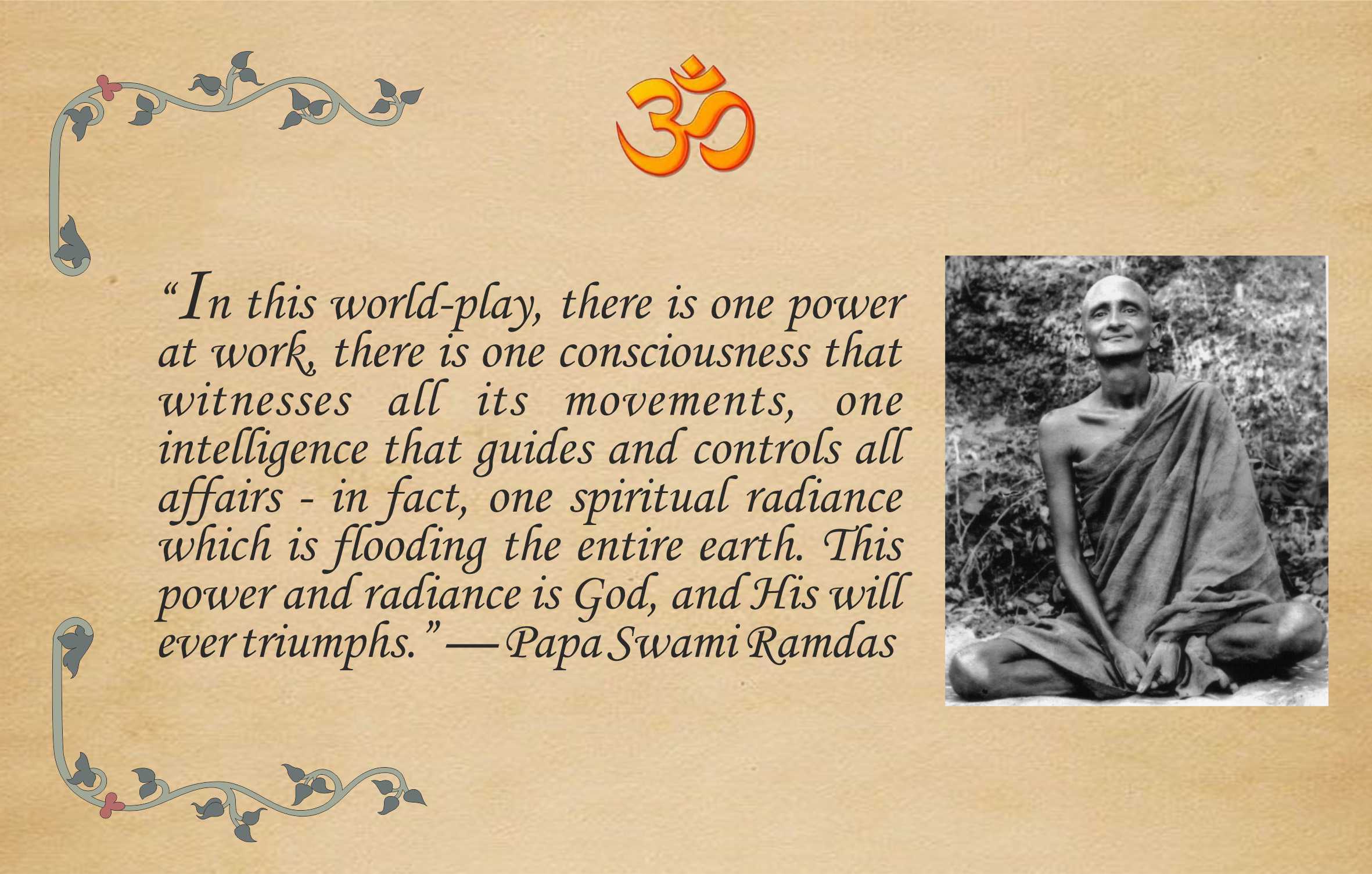
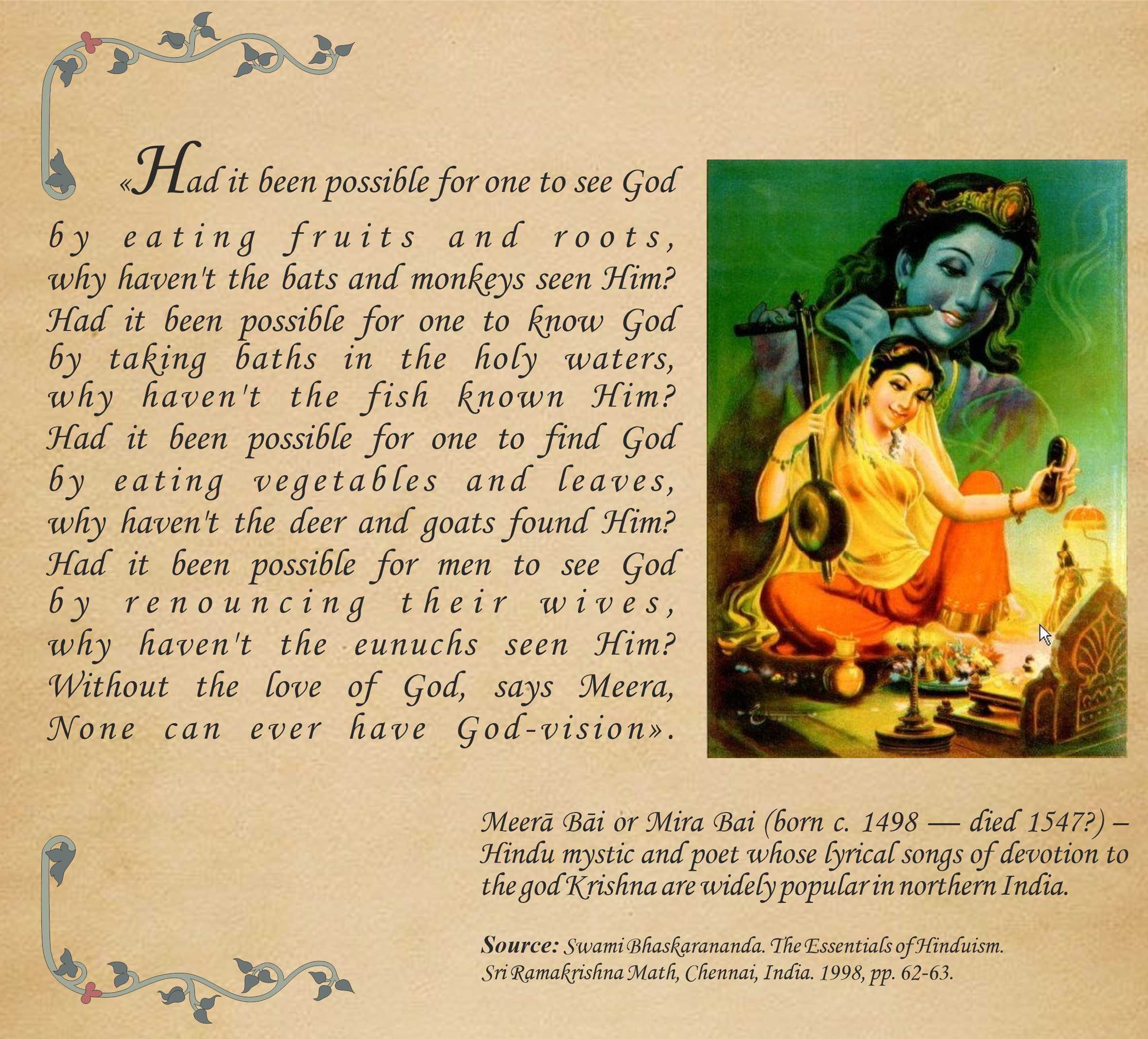
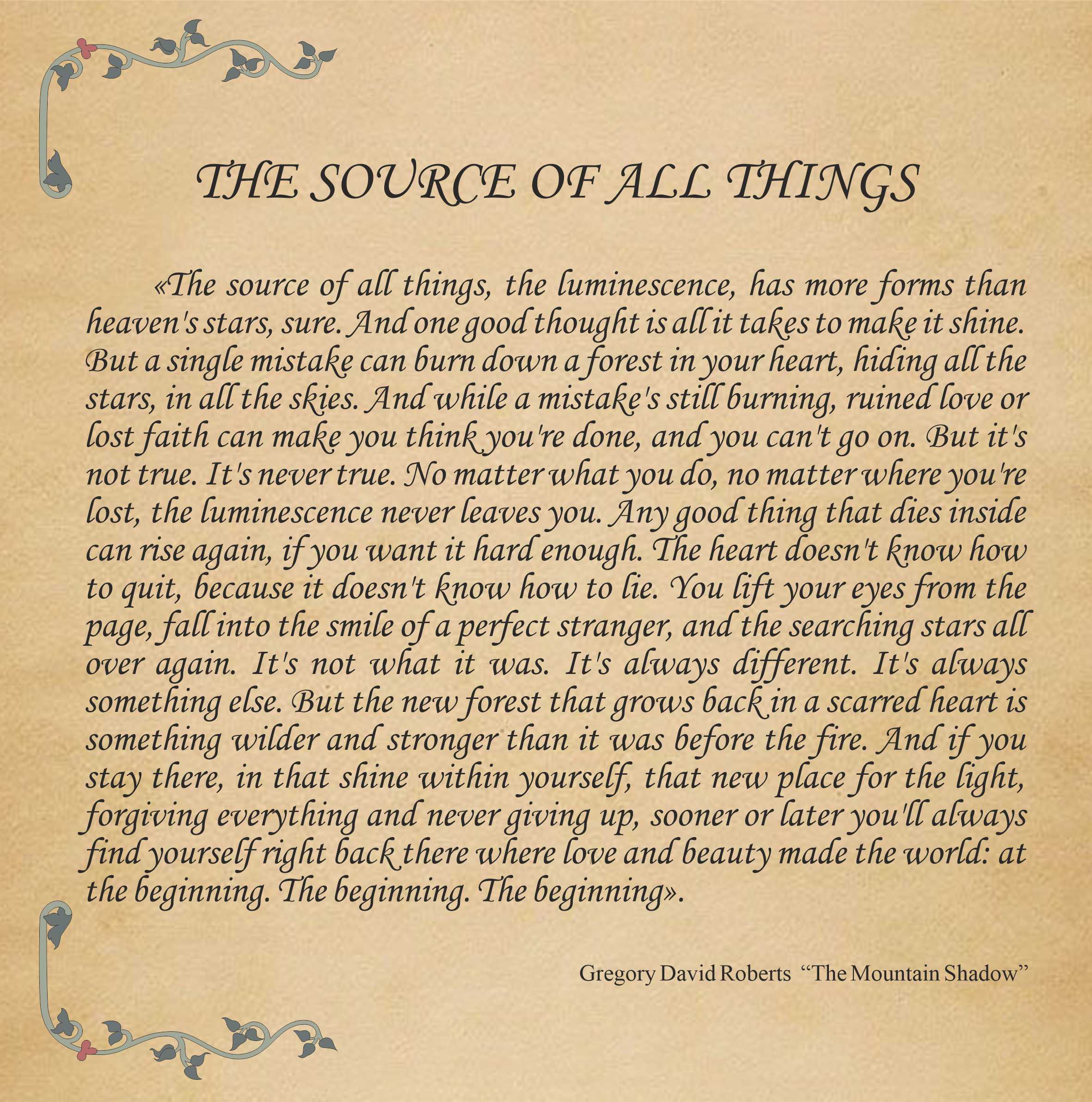
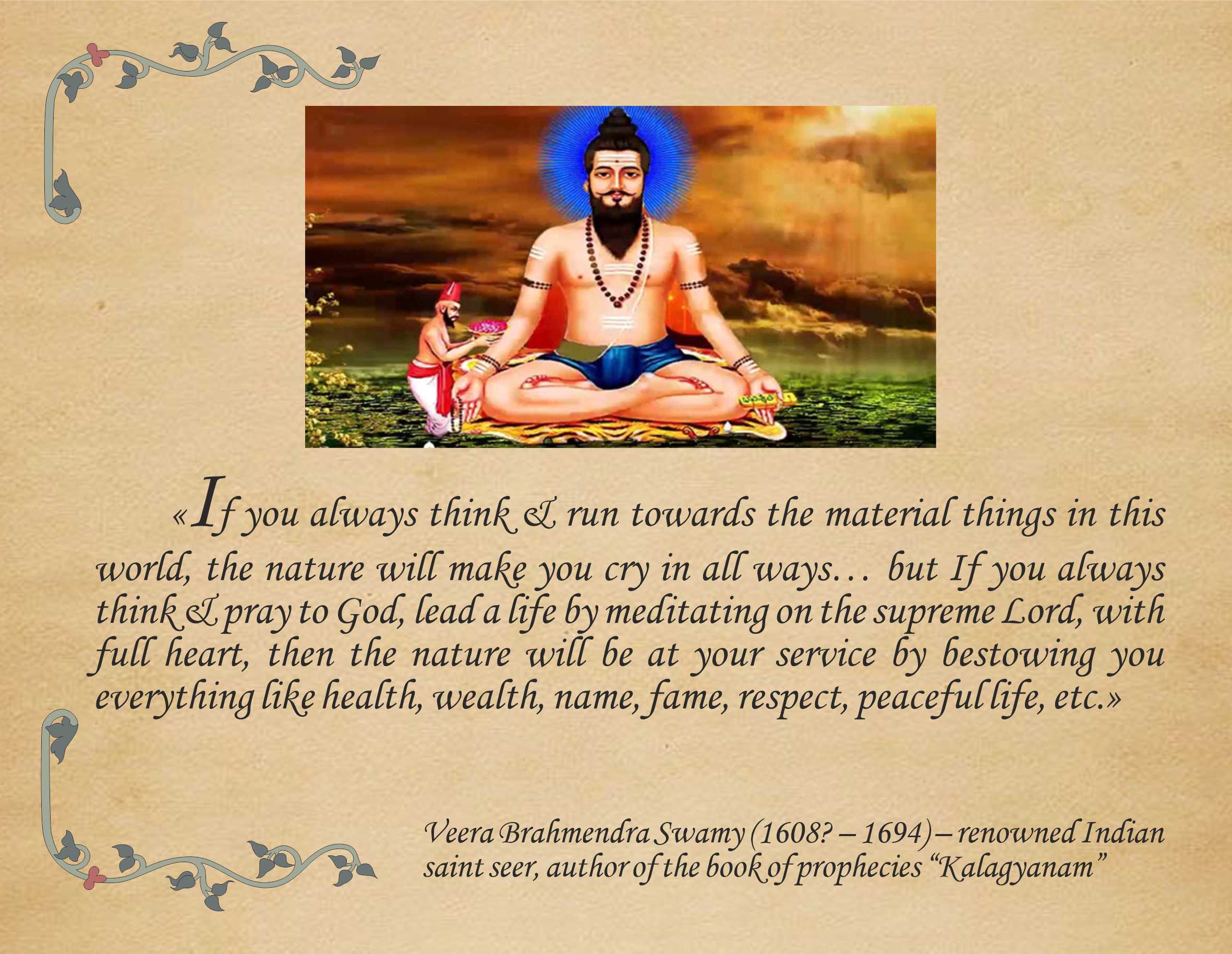
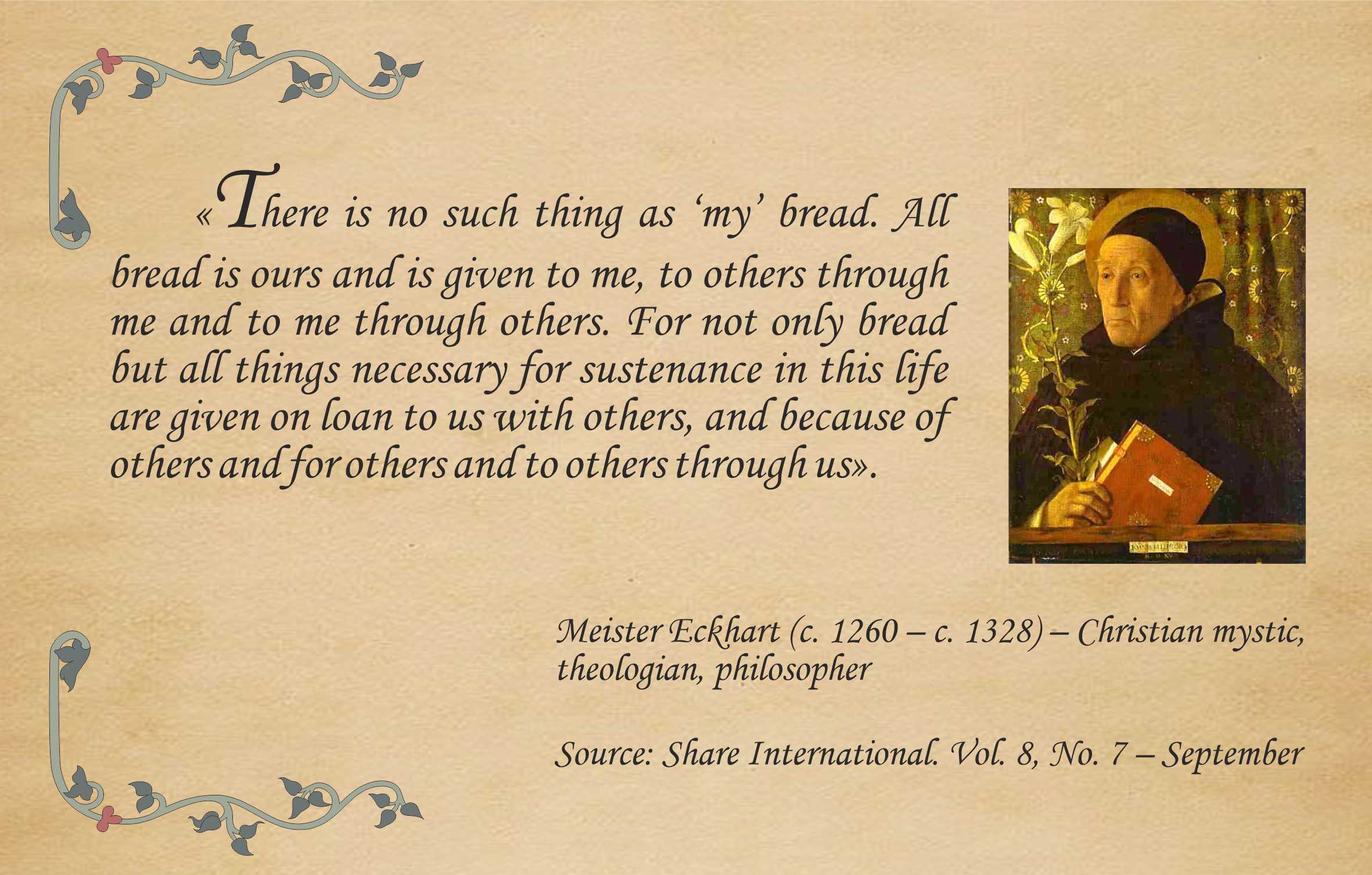
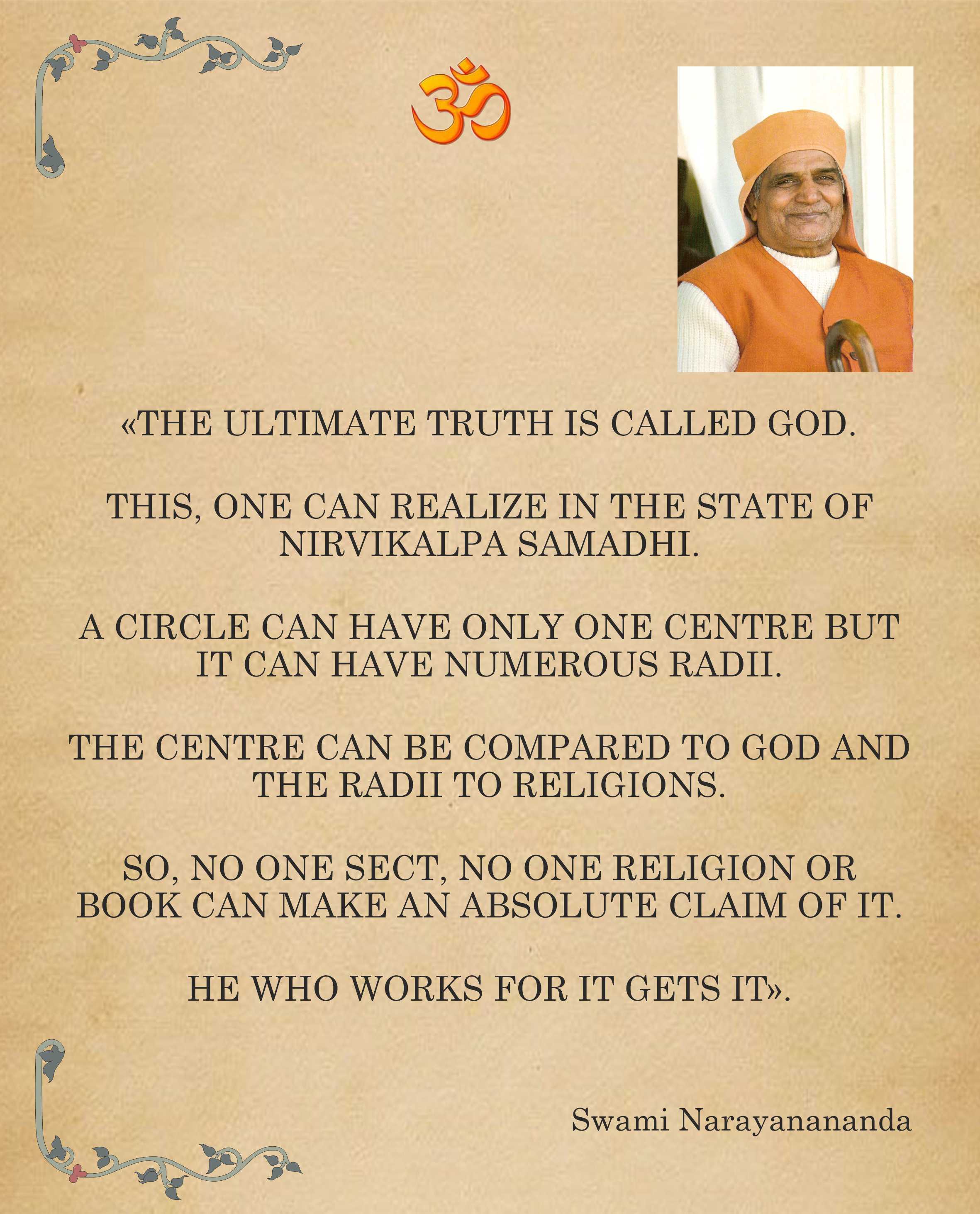
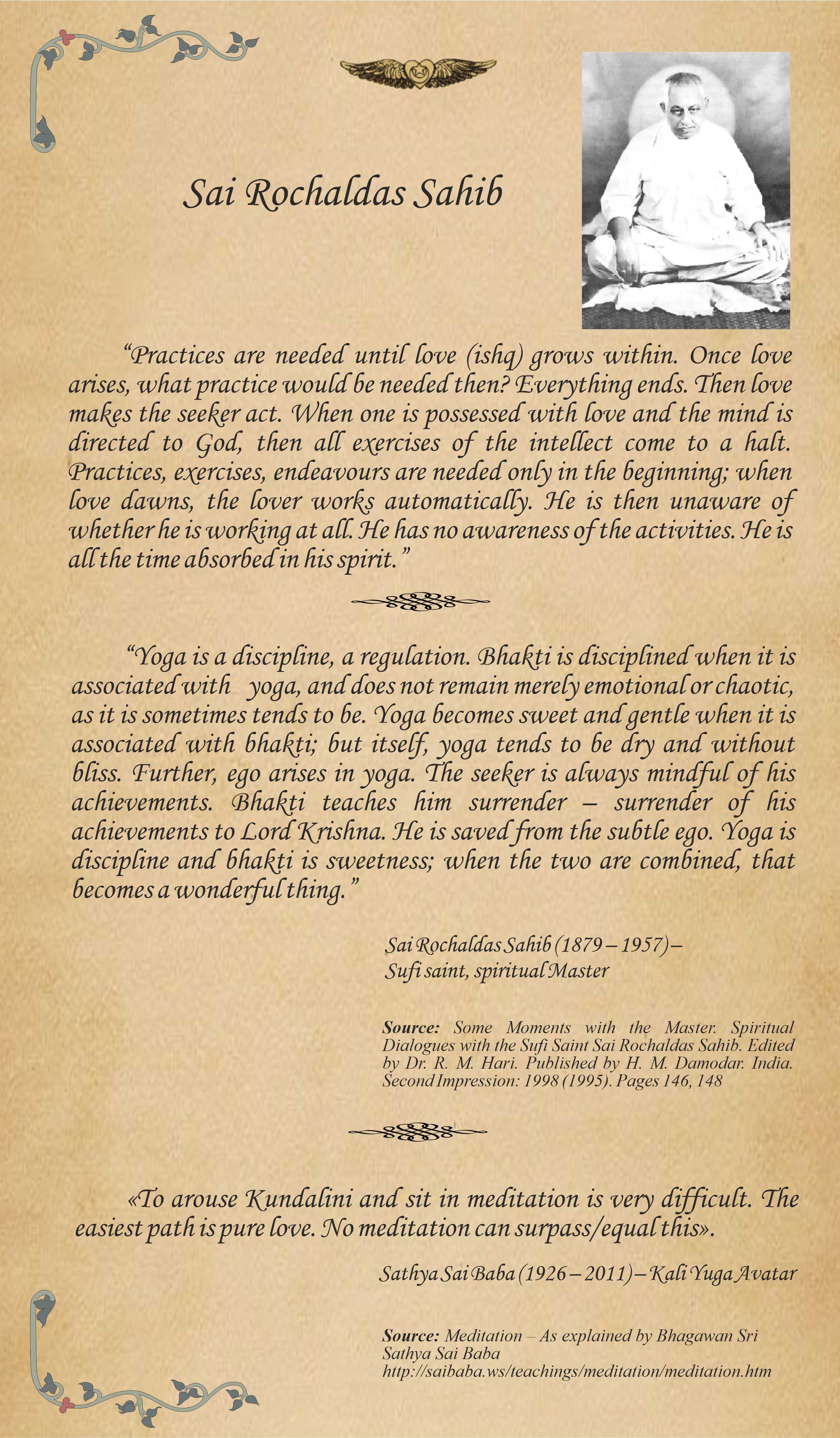
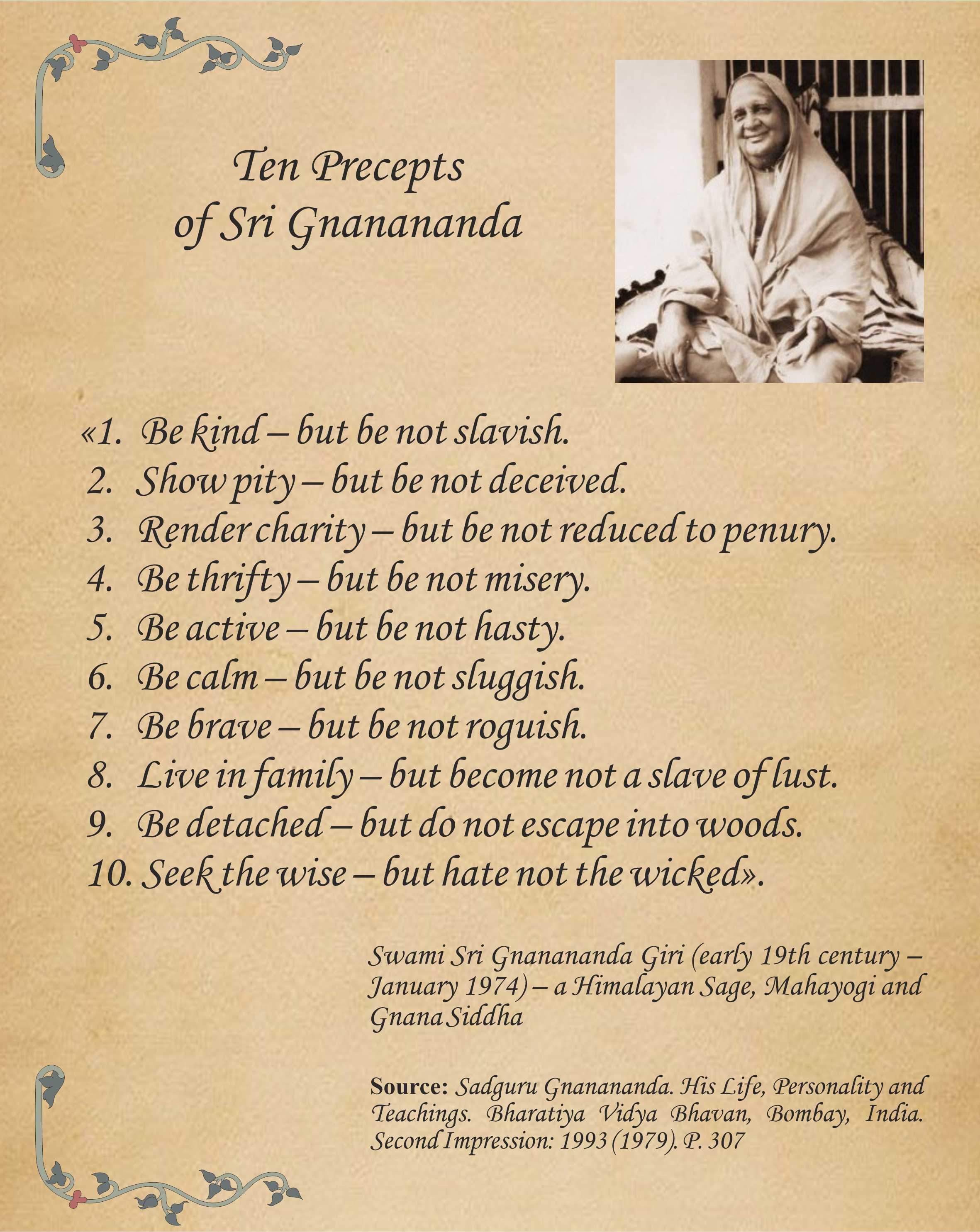
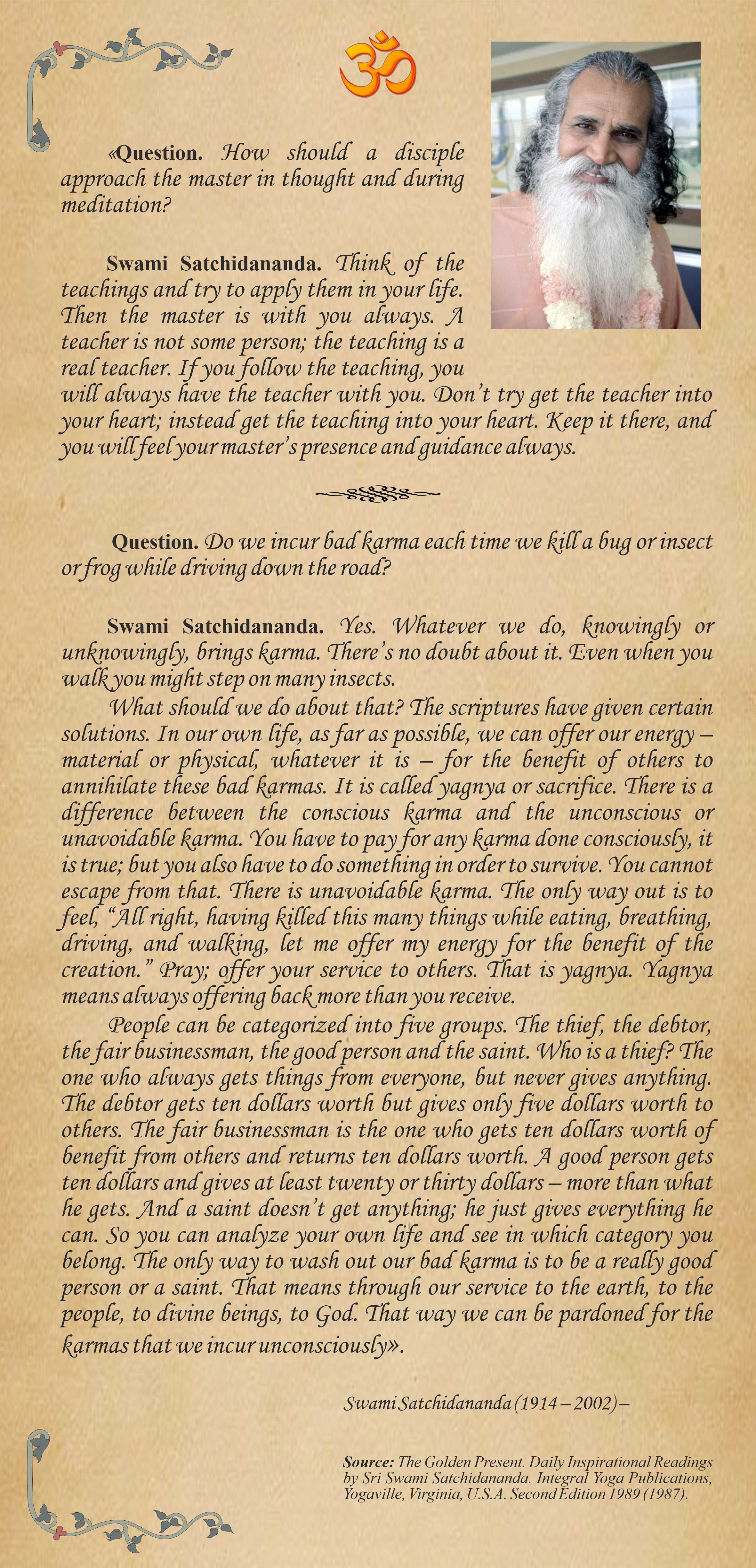
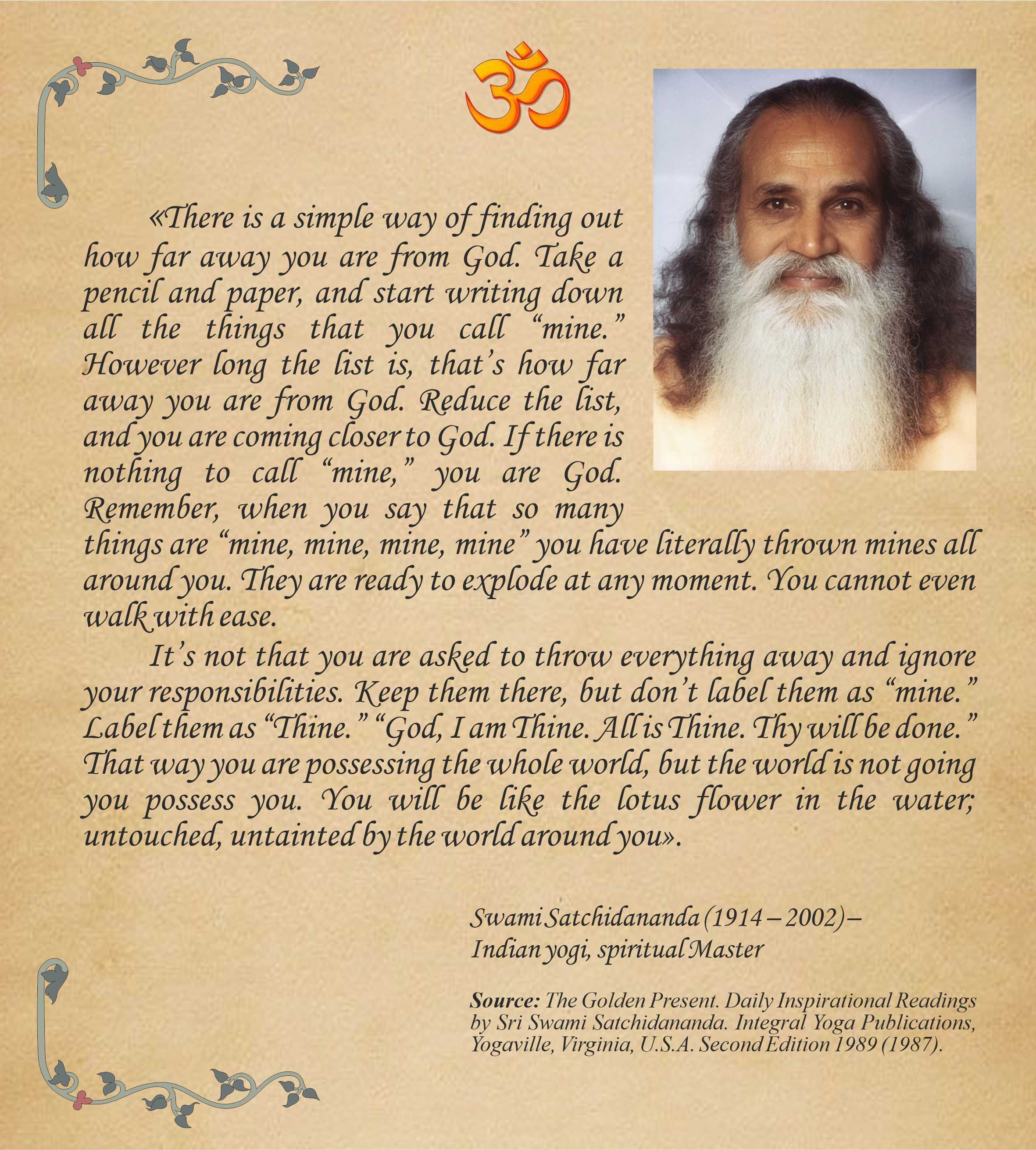
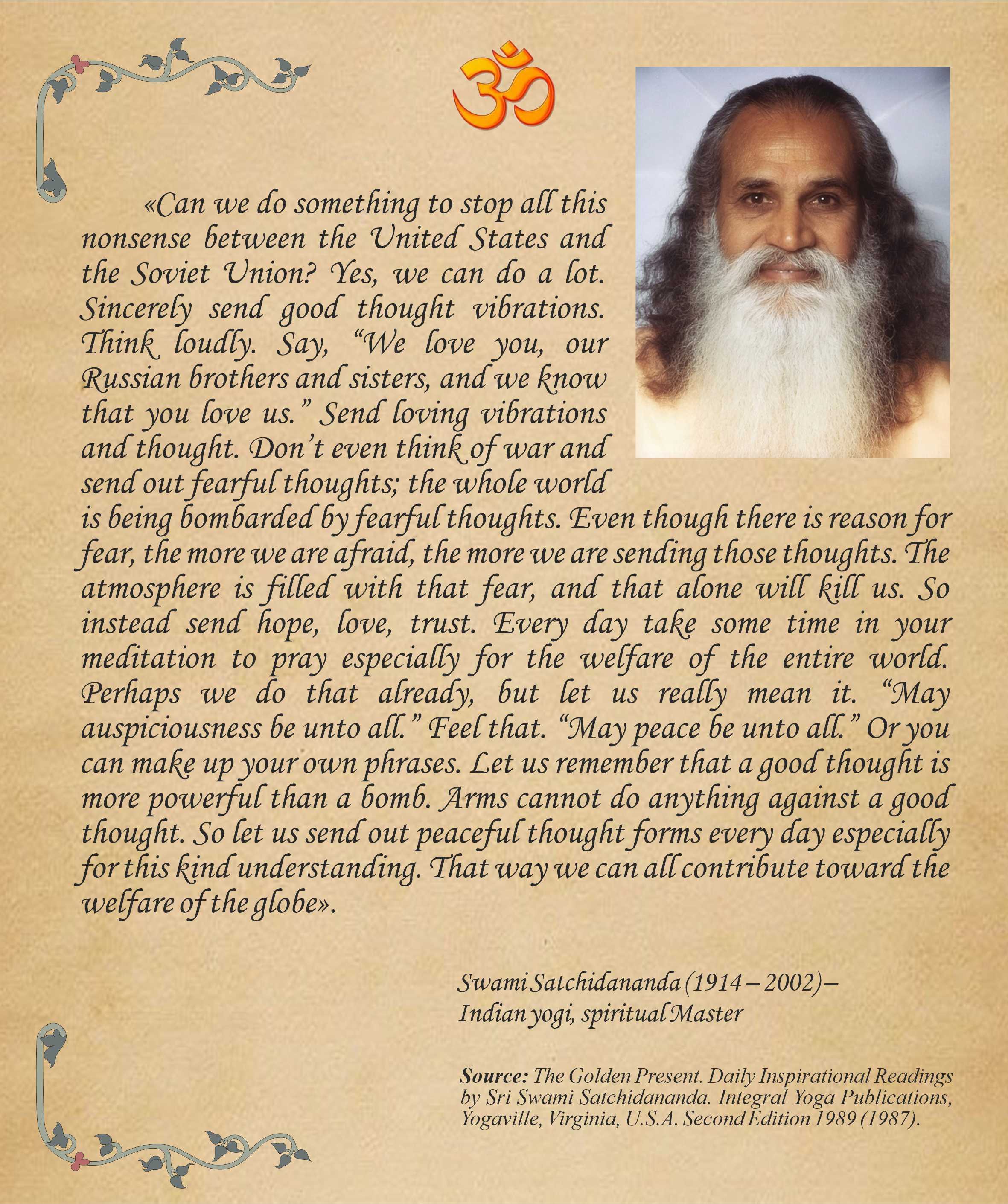
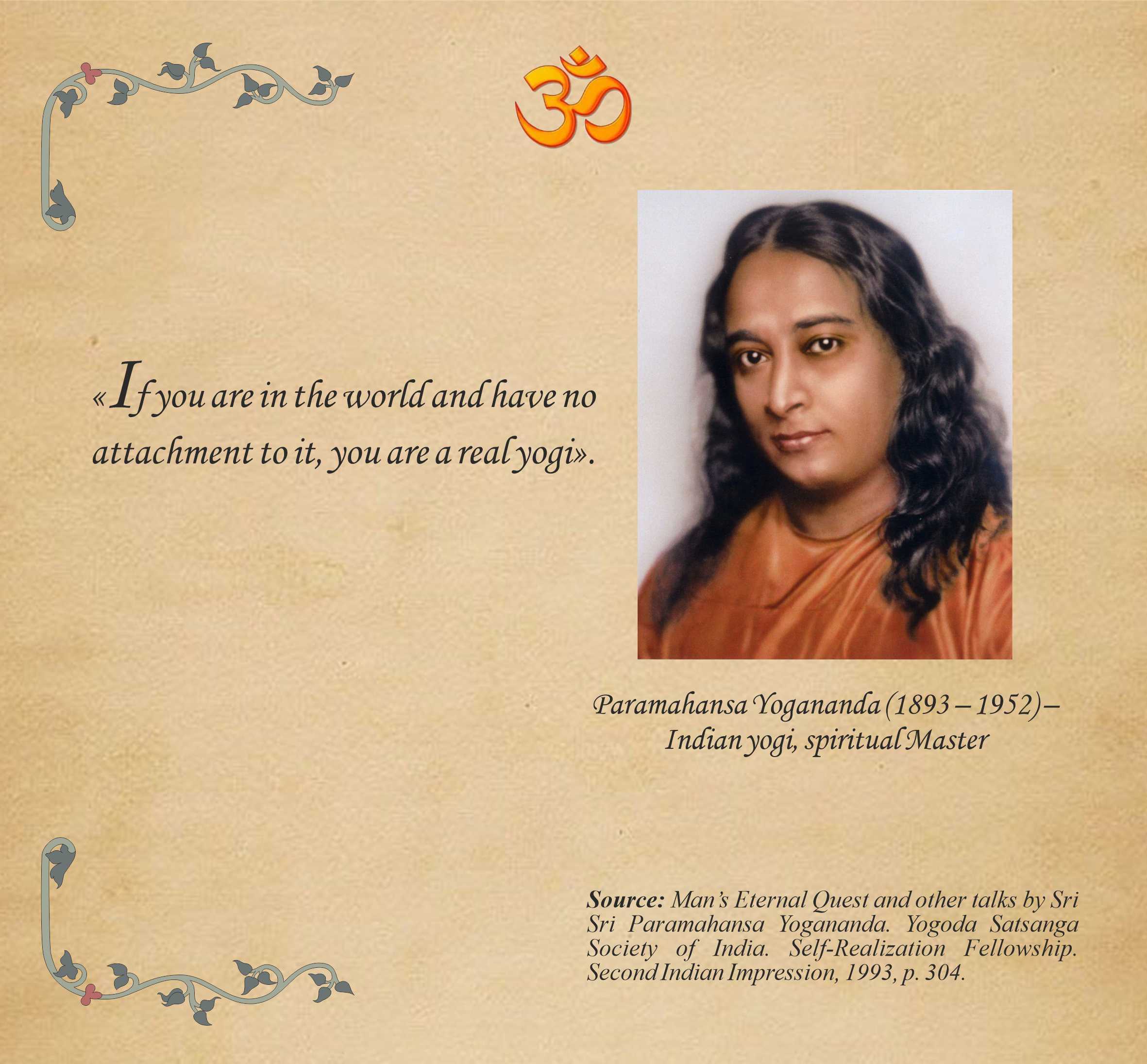
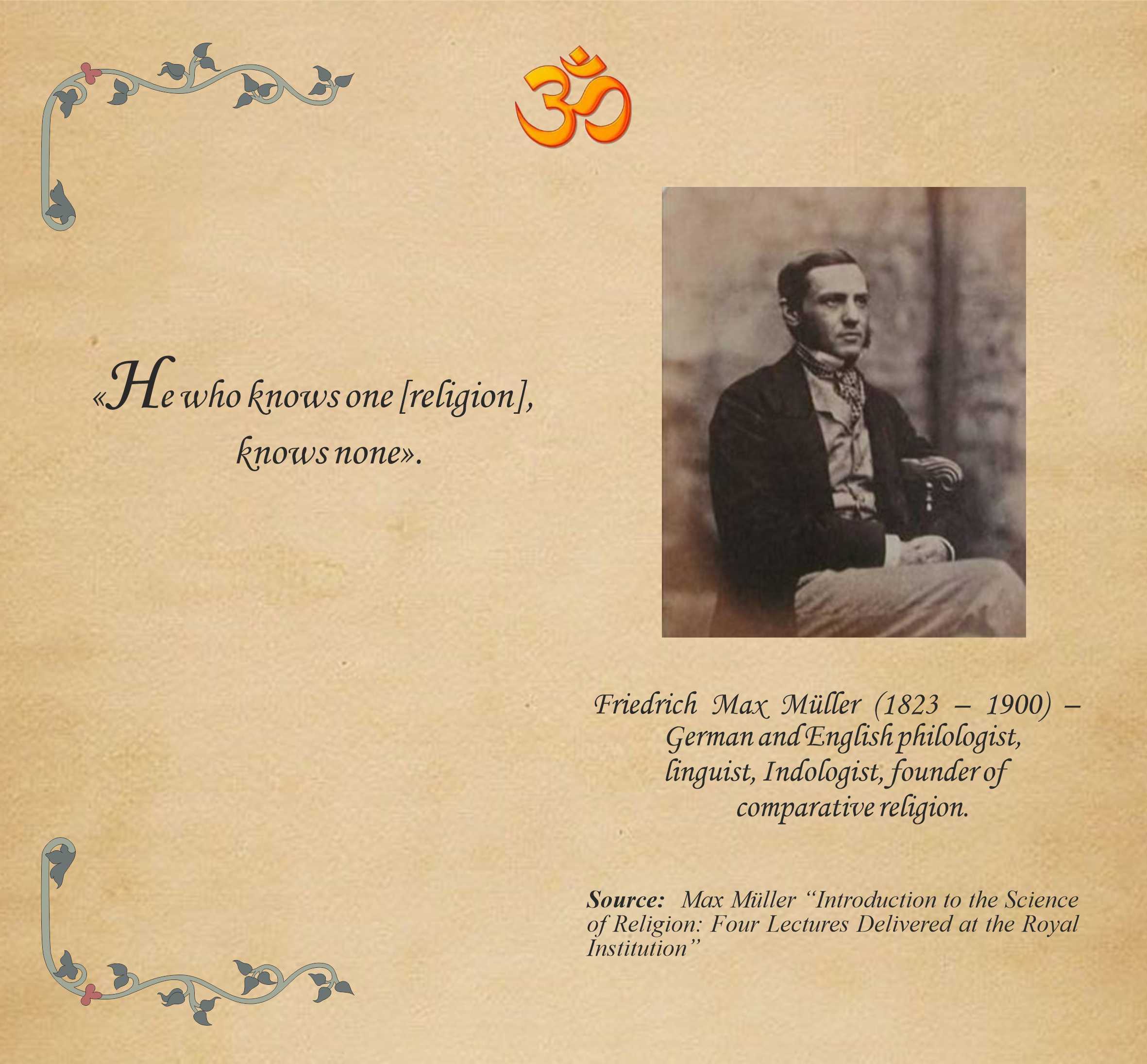
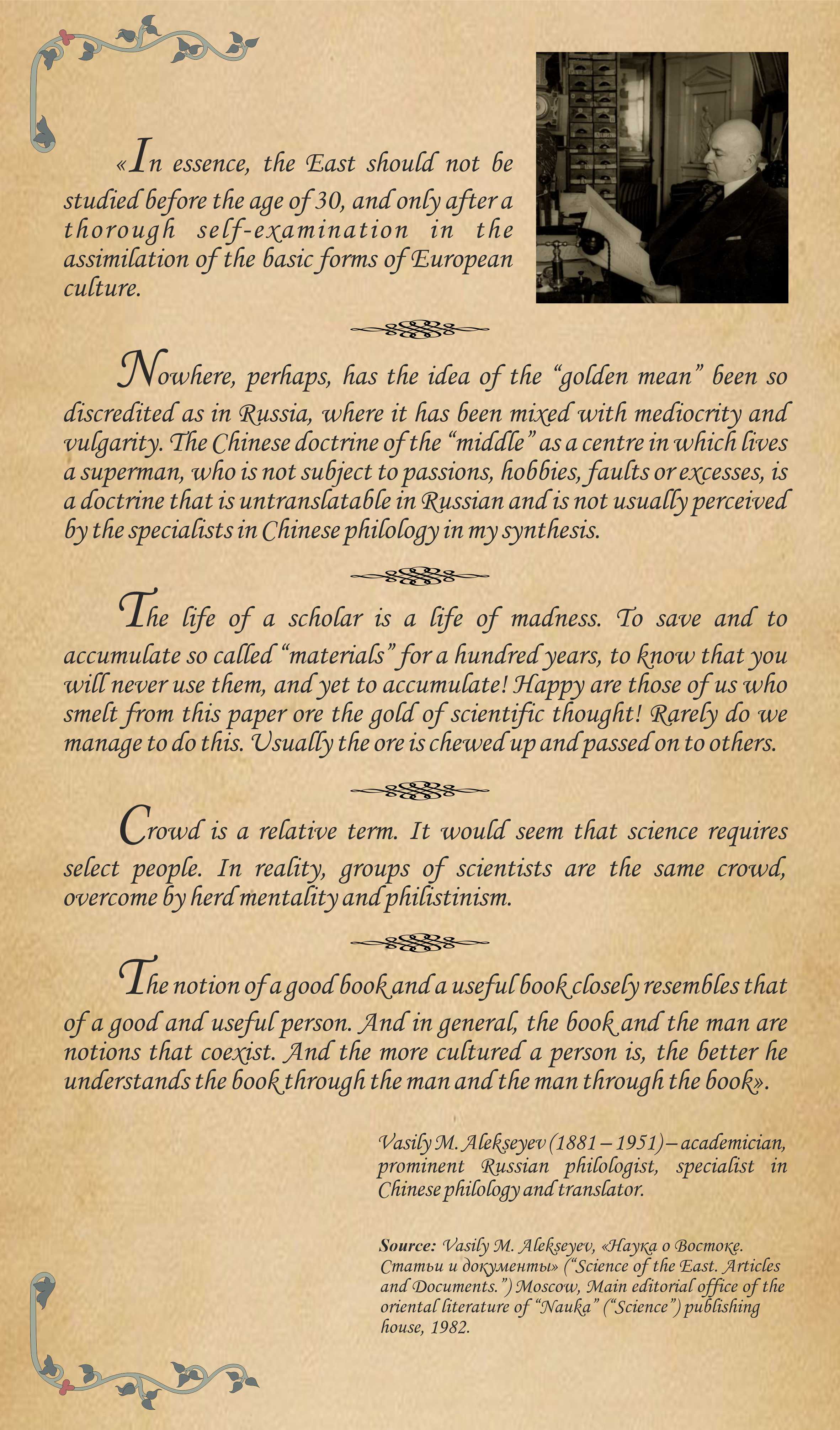
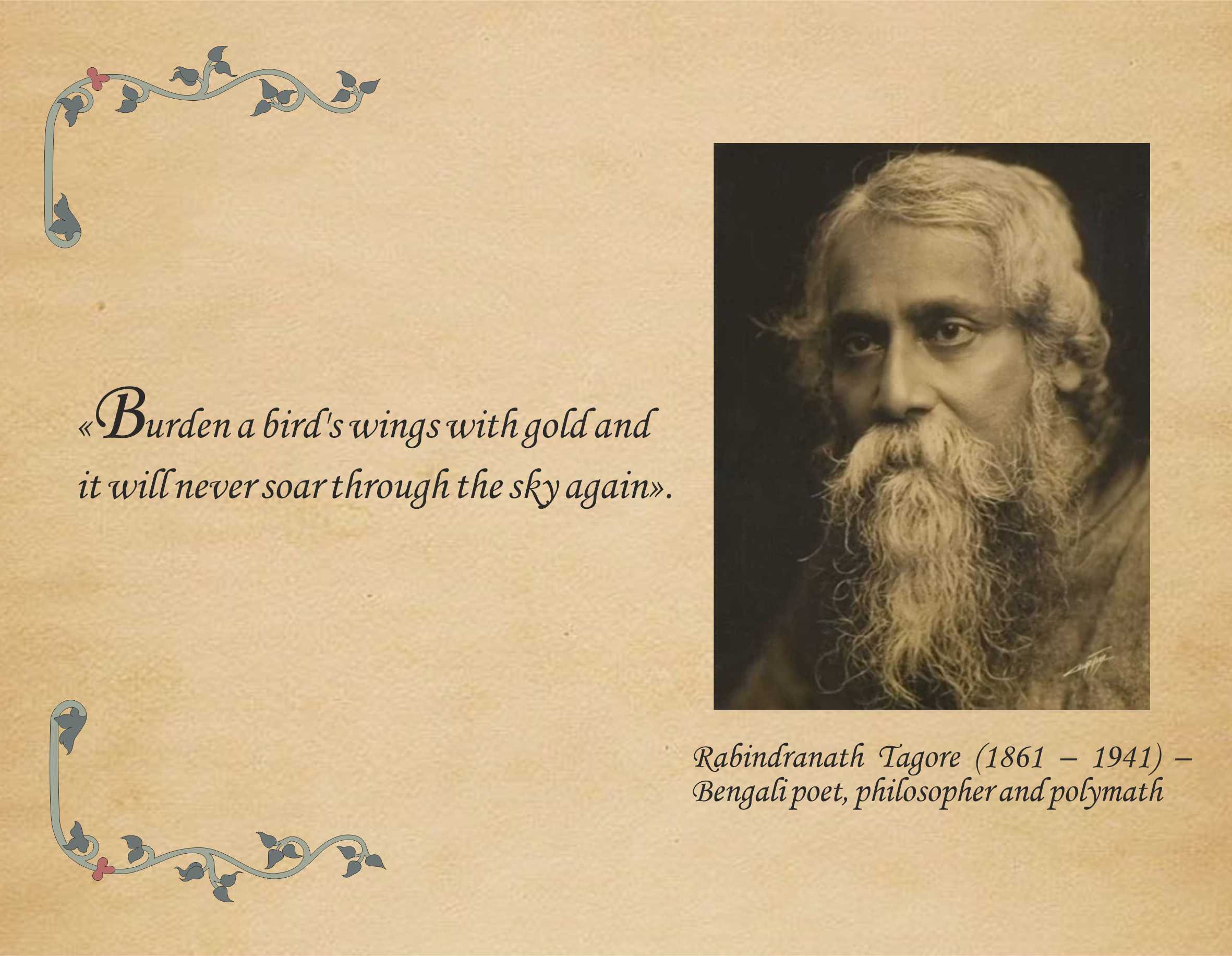
...